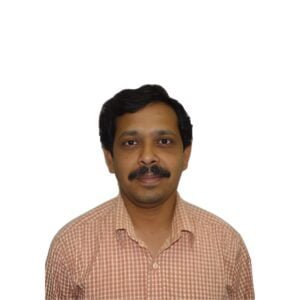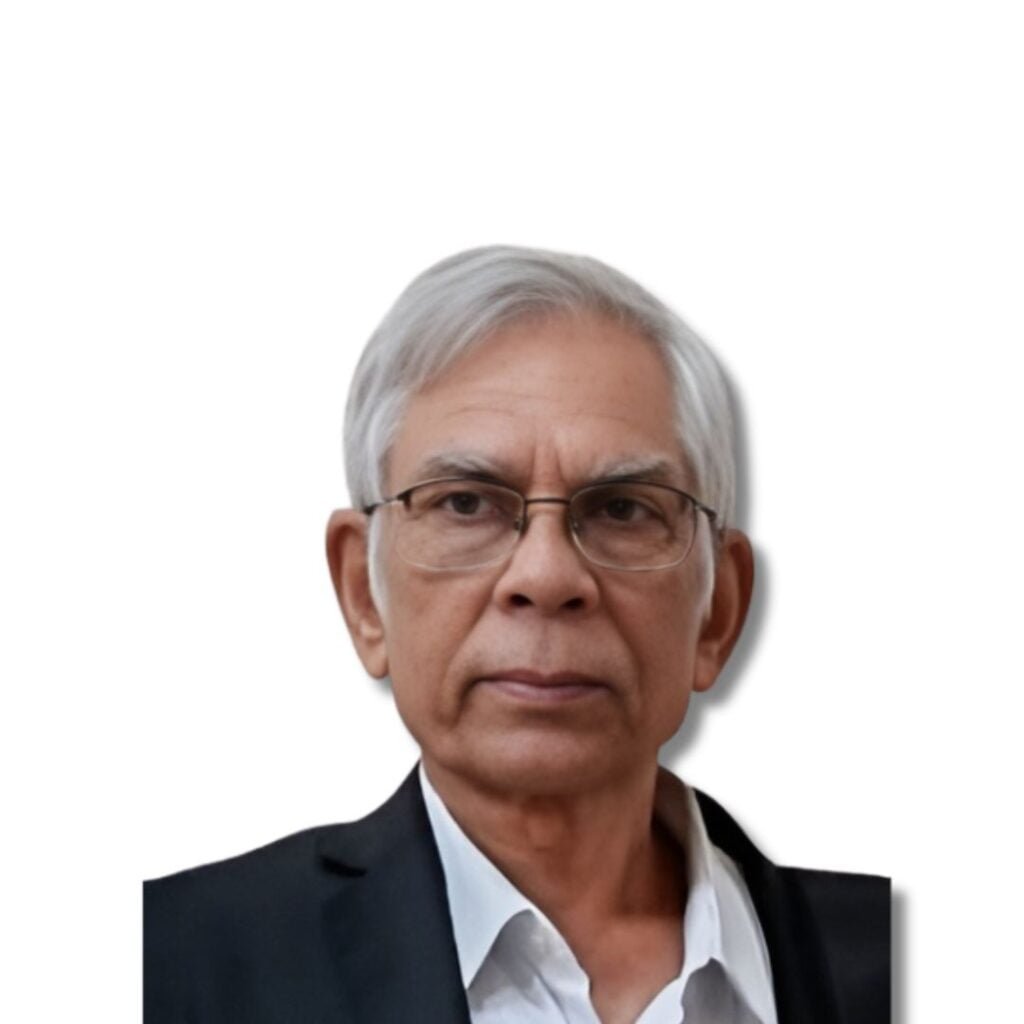Prof. Debendra Kumar Nayak : IAGR Conference 2024
Prof. Debendra Kumar Nayak is a distinguished Professor of Geography at North-Eastern Hill University (NEHU), Shillong, where he has been teaching for 38 years. Serving as a professor since 2001, Prof. Debendra Kumar Nayak specializes in Social Geography and Population Geography. He completed his Ph.D. from Jawaharlal Nehru University (JNU), New Delhi, with a focus on female participation in economic activities in rural India.
Throughout his career, Prof. Debendra Kumar Nayak has supervised 24 Ph.D. theses and 16 M.Phil dissertations. He has published four books and 72 research articles in peer-reviewed journals, both in India and internationally. His research projects have made significant contributions to the field, and he has served as an advisor to a project sponsored by the London School of Economics and Political Science. Prof. Debendra Kumar Nayak has been an active participant in academic conferences, having delivered invited lectures and plenary sessions at both national and international seminars. He has also held key positions in various academic and professional bodies, including serving as the Chief Editor of the Transactions Institute of Indian Geographers. His international experience includes visits to countries such as Bangladesh, Brazil, France, Thailand, Singapore, Malaysia, the United Kingdom, Belgium, Germany, Tunisia, Morocco, and South Korea. Prof. Debendra Kumar Nayak’s dedication to geography has earned him recognition as a leading figure in the field, contributing extensively to both academic research and the development of geographic education in India.
Title of Talk:
Will India continue to worry for Population Growth?
Abstract:
Defying all naysayers, India is going through a silent demographic revolution that was thought to be impossible sometime back given the large size and diversity of the sub-continent and persistent poverty and conservative attitudes to methods and measures of contraception. Regional divergence- particularly the north-south divide- in population growth was often cited as reasons for continued growth of population. There have been in the past and continues in the present times too, advocacy for stringent measures including forced sterilisation as well as economic and political dis-incentives against higher fertility to control population which were perceived to be urgent means to achieve faster economic development. The demographic change since 1980s has disproved many of these narratives which are still reproduced in various forms more as a political rhetoric rather than facts of consequence. Even the regional divergence theory too is falling apart as much as explanation based on religious ground. Today India is the world’s most populous country. But growth is slowing down, and slowing down rapidly. Fertility rates in the urban parts of some Indian states are now as low as in parts of the world where birth rates are a key topic of discussion. There was certainly a time when India’s population was growing very fast. In the three decades after Independence, India’s population had doubled. But from the 1980s, population growth began to slow down. India’s population growth rate is estimated to have fallen below the world average by the early 2020s and the gap is expected to grow. This slowing down of population growth is going on across the country. However, there are two distinct speeds to this slowdown. Until the 1970s, population growth rates in different states were quite similar. However since the 1980s, India’s southern states have been growing far slower than the central, northern and eastern states. Three processes affect population levels and trends – the number of children born, the number of people who die and the long-term movements of people. The levels of international migration – both into and out of India – are too small in relative terms to affect India’s population currently. However, important changes in the first two processes have had an impact on India’s slowing population growth. Rapidly falling fertility has brought down total fertility rates at par with developed countries in many regions of India and increasing ageing process has accelerated the process of mortality. After being high in the early decades after Independence, India’s TFR has fallen rapidly. India’s fertility rate is now far lower than the sub-Saharan countries that it was comparable with in the 1950s, and has fallen below the world average. As India grows older, mortality rates are starting to rise – everything else being equal, an older population will have higher mortality rates than a younger population. With fewer children born every year, and more people dying every year, India’s slowing population growth will grind to a halt, and then from growth it will move into a decline. By the mid-2060s population growth is expected to turn negative – India will begin to have fewer people every year. Time has come when we need to worry for decelerating population and many of its unintended and undesirable consequences.




